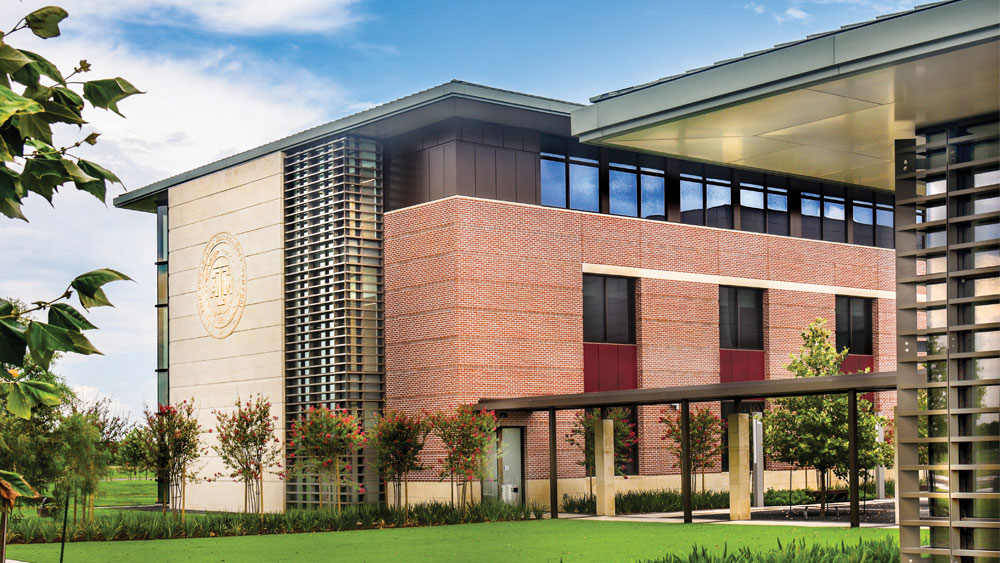
The Center for Infrastructure Renewal (CIR) opened in 2016 with one goal — to develop infrastructure practices at lower costs in less time to sustain a longer life. As the CIR enters its fifth year, it welcomes multiple new University Transportation Centers, projects and researchers who will contribute to its ongoing efforts to achieve these objectives.
CIR Director Dr. Anand Puppala, who is also a professor in the Zachry Department of Civil and Environmental Engineering at Texas A&M University, expressed enthusiasm for the prospects of the center and its endeavors.
"The CIR has been making tremendous progress in the infrastructure sector, whether transportation, coastal or energy infrastructure related. Our collective focus on sustainability and resiliency is leading to robust infrastructure research solutions and some of these areas such as 3D printing, low carbon infrastructure materials, asset management, test beds in austere and agile environments, corrosion and energy grids," he said. "We are proud of our researchers' accomplishments and hope to do much more cutting-edge and transformative research in various infrastructure tracks in the coming years."
Located at the Texas A&M-RELLIS campus, the CIR is a collaboration between the Texas A&M Engineering Experiment Station (TEES), the Texas A&M Transportation Institute (TTI) and the private sector.
"Our research endeavors at the CIR yield solutions that profoundly impact society. Through our rigorous research efforts, we explore innovative approaches and technologies to optimize the performance of critical infrastructure systems," said Dr. John E. Hurtado, interim vice chancellor for Texas A&M Engineering and interim director of TEES. "The CIR will continue to advance infrastructure practices, promote economic growth and ensure a safe and reliable transportation system for the people of Texas and beyond."
As a research facility, the CIR provides an ideal environment for educational growth and learning, where knowledge is cultivated, ideas are explored and the next generation of scholars and researchers are empowered to contribute to the field of infrastructure renewal.
"One accomplishment we are proud of most is that the researchers from both TEES and TTI work with many graduate and undergraduate students in research works and prepare them for future infrastructure workforce needs in Texas, the United States and many parts of the world," Puppala said. "We are thankful to many agencies and industries for supporting our research, and we look forward to more collaborative research works with them."
Reflecting on the past five years, CIR Deputy Director Dr. Charles Gurganus drew an analogy to a child's growth to capture the progress made by the CIR.
"The growth and potential of the CIR has been similar to that of a child," he said. "It has gone from an idea between TEES and TTI to a growing center at the forefront of infrastructure research. Similar to a child in its first five years, the growth has been rapid. But also similar to a child, the next five years present a vast array of growth opportunities."
Gurganus recognized the potential impact the CIR can make on a global scale, especially given the substantial investments of both capital and time in infrastructure projects.
"The CIR is perfectly situated with expertise, equipment and facilities to help solve infrastructure's most challenging problems," he said. "Over the last five years, through the CIR, TTI has performed work to find solutions to rehabilitate aging roadways, identify optimum binder rates to get more bang for the buck in Texas' seal coat program, develop new testing methods to predict the performance of pavements and create mixture designs that balance multiple performance criteria, to name a few."
Learn more about research, labs or events and meeting spaces at the CIR.
